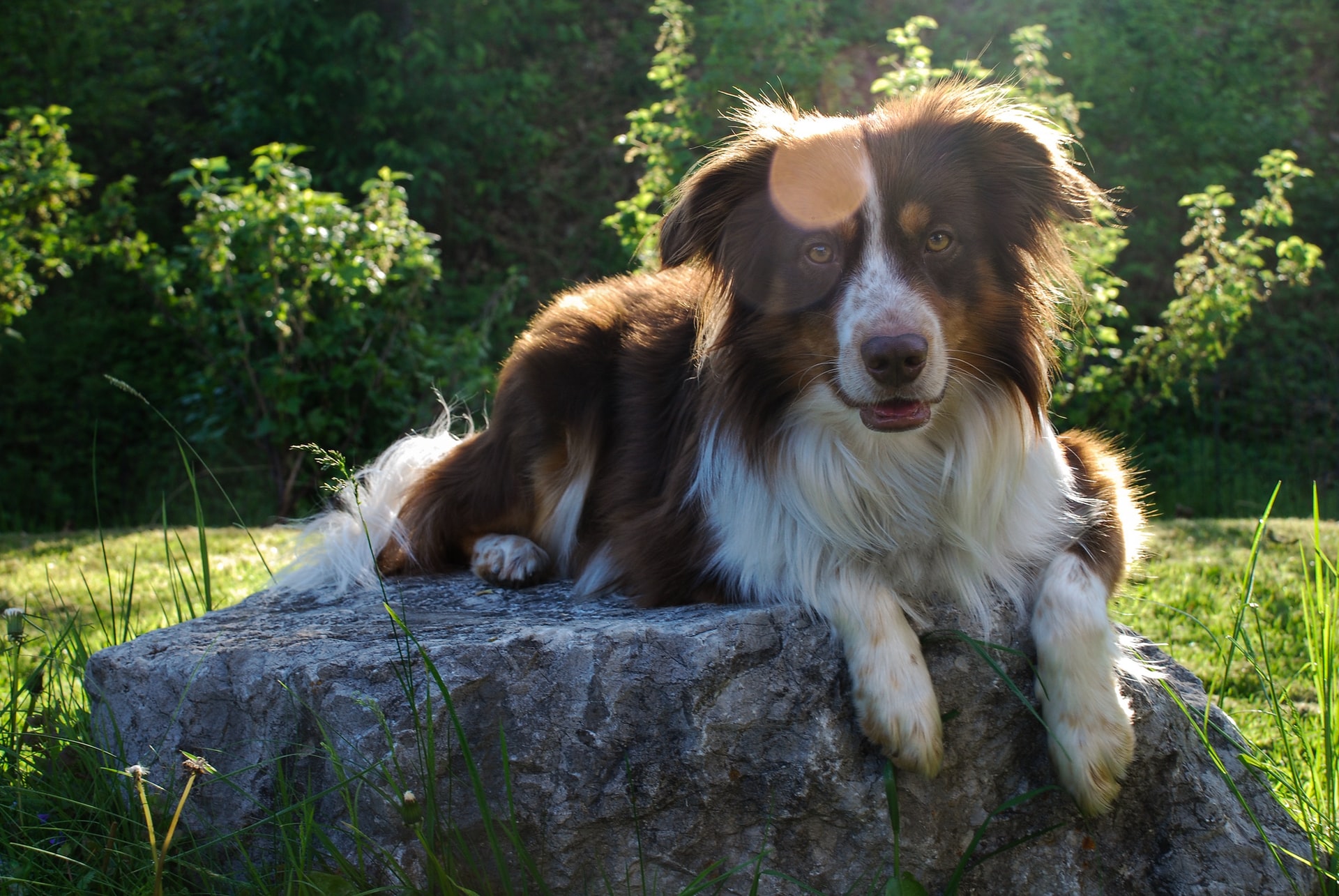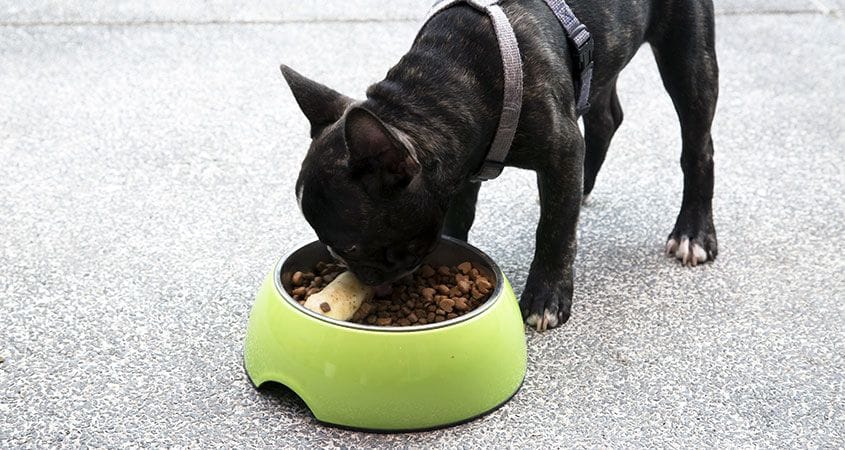Obesity and overweight animals are becoming a more common focus of scientific research and writings aimed at practicing veterinarians. Excess kilograms in dogs and cats are becoming an increasingly significant element of professionals’ daily work.
Obesity is thus a disease of civilization that does not affect simply people. Dogs between the ages of 5 and 11 are most commonly afflicted. However, it is important to pay attention to the prevention of obesity in young animals!
Obesity in animals: causes and consequences
The buildup of large quantities of body fat in a dog is known as obesity. It could be caused by a number of circumstances, including:
- genetics,
- the level of physical effort,
- The amount of energy in a person’s diet.
Overfeeding or inappropriate feeding are the most common causes of obesity in pets. Caregivers have a habit of giving too many snacks that aren’t part of the ratio. Remember that snacks should only account for 10-15% of total calories and that serving them necessitates lowering the number of calories in dry or wet food.
Obesity is sometimes caused by a lack of awareness about pet nutrition. Many owners have no idea if their dogs can eat potatoes or how much meat should be in commercial pet food. How do I read dog and cat food labels to find healthy foods? Only the name of the product, the logo, and the weight are printed on the front of the packaging. The most crucial information is located at the back of the book. A list of contents is included, as well as chemical analysis. The first ingredient should be meat. However, fresh meat in the composition of dry items should be avoided.
Obesity In Dogs Is Diagnosed In A Variety Of Ways.
Weight measurement and morphometry are the most often utilized quantitative approaches in veterinary obesity diagnosis.
BCS is the most widely used scale (Body Condition Score). The BCS is a method of visually assessing and numerically evaluating your dog’s body composition. There are two scales that can be used to rate dogs: one that ranks them from 1 to 5 and another that ranks them from 1 to 9. One is a very skinny dog on both scales. On a scale of one to five, three is ideal and five is obese. On a scale of 1 to 9, a bodyweight of 4 to 5 is considered ideal, while a bodyweight of 9 is considered severely obese.
How Can You Get A Pet To Lose Weight?
What Should An Overweight Dog Eat?
Losing weight in dogs is difficult, and while rapid weight loss is achievable in theory (1.3-2.6 percent of body weight each week), a new study from the University of Liverpool found that it is difficult in practice. It was discovered that even providing support in the form of a well-chosen diet resulted in a substantially slower rate of weight loss (approximately 0.35-1.56 percent of body weight per week). This means that maintainers must be prepared and embrace the fact that changes will take time to manifest. Unfortunately, many owners do not adhere to diet recommendations.
Some changes can be made in regular life while on the diet. Feeding your dog in a different room, keeping him out of areas where human food is prepared, and not giving him snacks for no apparent reason are all good ideas. Even a low-calorie reward can reinforce the beggar’s behavior, causing the problem to persist. It makes sense to do something different and entertaining with the dog if it is definitely asking for food. Positive incentives can include things like:
- care,
- walk,
- It was a good time.
Exercising An Obese Dog
The initial stages of weight loss might be challenging. Don’t put too much pressure on your dog! Obese dogs are frequently unwilling to move. Begin with longer walks and a few minutes of playtime. Make sure you don’t overwork him, especially if he has other medical issues, and keep an eye out for signs of heat exhaustion.
If your pet is panting excessively or showing other signs of weakness, always slow down or stop! Then find a shaded or cool spot to rest. On hot days, keep an eye out for activities. Play with your dog at home or train him in the morning or evening.
Don’t wait until you have a health condition to act! Schedule an appointment with a veterinarian who specializes in pet nutrition today.




